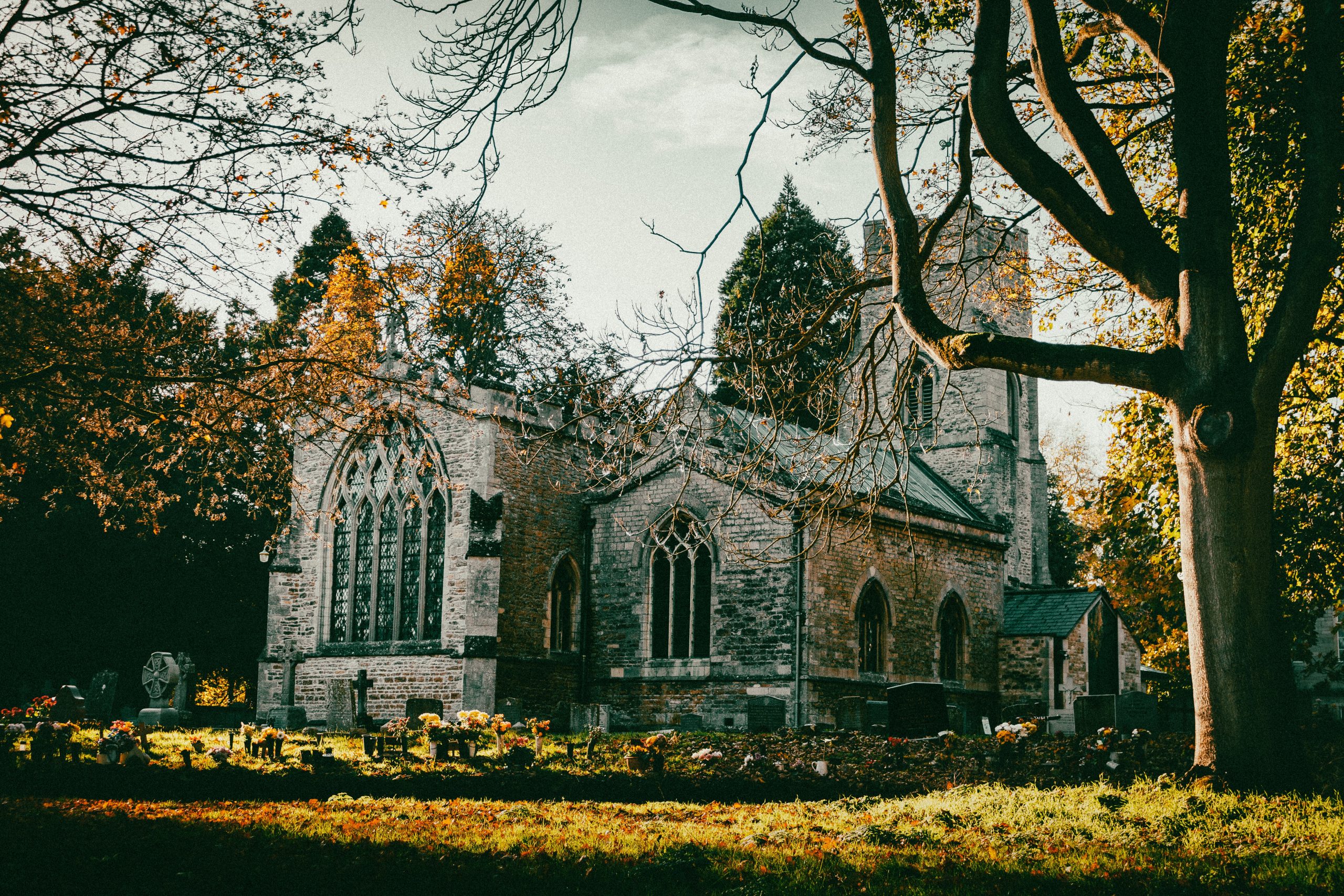
Heritage

There are around 400,000 listed buildings and 10,000 conservation areas in England, so this is a more common challenge than you might think. Having worked with several heritage buildings including some of the most protected buildings in the UK, I’ve learnt a thing or two about working with them.
In England, buildings are normally protected if they are of historic or architectural interest. This might mean it is one of a few surviving examples of an architectural style, or perhaps it was the birthplace of a revolutionary idea. The intention is to protect the history of the country.
I was once told that you never actually own a listed building, you’re only it’s custodian. Whilst a lot of people would love the character and charm of living or working in a property like this, it’s important to remember that it will come with (generally) more maintenance and hassle than less historically significant buildings.
It doesn’t necessarily mean a building is old, so ensure you undertake some due diligence whenever you’re working on a project, don’t assume because it’s 1960’s concrete that it isn’t listed. The most famous example could be the Lloyd’s building in London, a futuristic ‘high-tech’, steel clad, concrete building designed by Richard Rogers which was completed in 1986. The building was given Grade I listed status in 2011 at a mere 25 years old.
Each project should be assessed on its own merit; a building may not be listed or in a conservation area, but may still have features or details of historic relevance. It is the responsibility of the client and designer to try to preserve where possible. Retaining character avoids buildings becoming bland white cubes and creates a much more comforting environment to live and work.
Conservation areas
Local authorities are able to designate conservation areas with particular architectural or historic significance. It’s not impossible to undertake work in a conservation area, but anything external may receive additional scrutiny, and may not be allowed under the usual permitted development rights.
One of the main things to consider in conservation areas is the ‘street scene’ and what impact your work will have on this. This can also include buildings that are visible from the CA, not only those within it. Typically, any modification to the front of the building will meet much greater resistance from the planning department than something not visible from the street. For commercial applications this has a particular impact on signage and any manifestation to front windows.
There can sometimes be an argument that the community benefit outweighs the visual impact to the conservation area. At grounded. – a recent project set in the Selly Oak conservation area, we were seeking permission to install air conditioning units to the roof. We had located them to be as concealed as possible on the flat roof to the single storey extension, but they were slightly visible from certain angles on the street. Eventually the permission was granted as we argued that this very small impact was greatly outweighed by the community benefit of the new mental health cafe.
Listed buildings
A building can be ‘statutorily’ or ‘locally’ listed. Statutory listing means the building is on the The National Heritage List for England (NHLE) and is protected by additional planning laws. Local listing is less restrictive, but means the building has a local importance and planning departments will be keeping a closer eye on it and its surroundings.
There are three levels of listing:
- Grade I
The top 2% of listed buildings which are of exceptional interest. The local planning authority will consult Historic England on any proposed alteration work to a Grade I listed building. - Grade II*
4% of listed buildings which are particularly important. Applications for alteration work are processed by the local authority, who have discretion to involve Historic England. - Grade II
94% of listed buildings which are of special interest. Applications for alteration works are dealt with by the conservation officer at the local authority.
One of the most common misconceptions we hear is that ‘only the facade is listed’. Whilst this is technically possible, it’s rarely the case. In fact, this usually also covers all fixtures and fittings that contribute to its significance, such as doors and windows.
It might not be the fabric of a building that will need to be preserved, but another aspect of its history. In our Zheng Restaurant project we were intending to remove partitions in a lower ground floor of a listed building which were installed no more than five years earlier. In fact there was no original fabric in this part of the building whatsoever. The conservation officer on the application required that a subdivision should be maintained as the building would never have had a fully open floor plan. We consulted with the client and the conservation officer and came to a mutually agreeable solution.
Any work to a listed building beyond general maintenance will require listed building consent, and possibly also planning permission. It is actually a criminal offence to carry out works to a listed building without permission.
Also keep in mind the curtilage – the land and areas surrounding the building which may also be listed. Sometimes this can include outbuildings.
Renovation & Fit Out
When undertaking renovation and fit out works on a listed building it’s important to understand the key aspects that the building is listed for. We have been able to undertake some fairly substantial renovations and interventions to listed buildings because we were careful to not alter or damage elements which were important to the listing.
Simple methods of renovating an interior space within a listed building could include redecoration and loose furniture or units. This way the building can be easily reinstated. More complex methods may include clever installation details that allow for future removal or alteration without impacting the original building fabric further.
It is important to celebrate any interior details or features that are unique to the space. It’s likely that these features are what made it an attractive space in the first place so it is usually easier to work with these than spend a lot of time and money to work around them.
For our Foxbury Dental project, the majority of the interior had sadly been removed in previous renovations. The Georgian property was brought back to life with new details that were typical of the era, along with more modern elements. We took extra care to ensure that items such as new internal air conditioning units were made to sell part of the building.
It’s always best to strike a balance and there may need to be conversations with the local authority to define the best approach to achieve the business goals of the space without compromising the heritage asset.
Links
Folk on twitter worth following: Oliver Architecture, Donald Insall Associates


